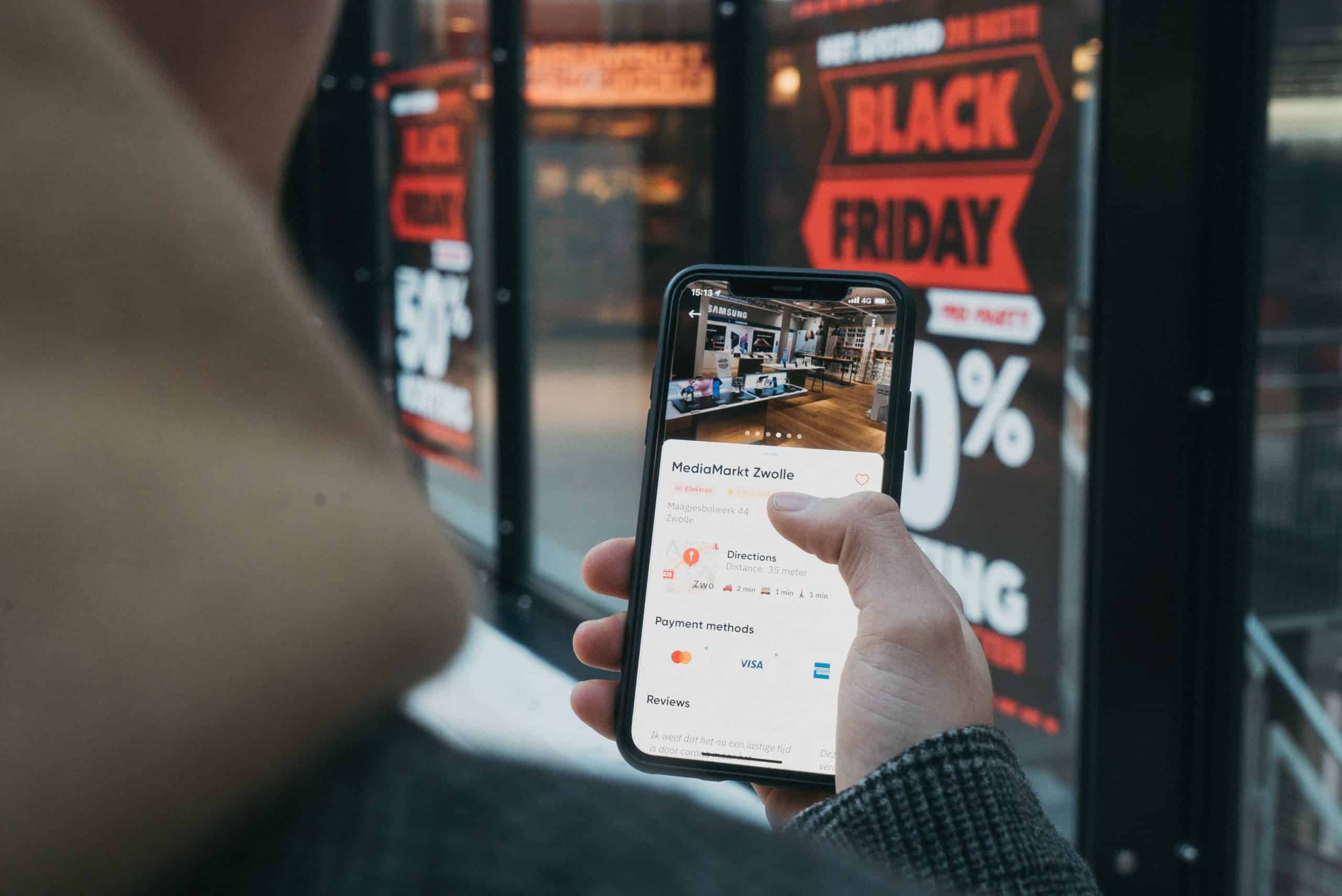
Communication and coverage: #BabelTalks to Retail Week about media engagement
Babel recently hosted a live-streamed discussion with Retail Week editor, Luke Tugby. In the space of just 60 minutes, we covered everything from the impact of COVID-19 on ecommerce and the high street (including brands that had benefitted) to game-changing (and gimmicky) retail technology. You can read our write-up of the event here, or watch the webinar in full here.
In addition to discussing the retail and technology landscapes, we also quizzed Tugby on the retail trade media. What’s the best way to engage with journalists and editors? What kind of stories are they most likely to publish – and is there anything they’re bored of hearing about? Here’s a round-up of Tugby’s tips and takeaways…
How have brands been communicating with Retail Week over the past year, and has this been impacted by the pandemic and lockdowns?
Tugby admitted that there hasn’t been a huge change in the way that brands engage with himself and his fellow journalists. Thanks to technology, the shift to remote working has been do-able for many, so perhaps the ease of use of collaboration and communication platforms has helped in this regard.
However, he said, now, “communication feels a bit more direct. In the past we might have had releases that were slightly more fluffy.” This has changed and brands, “are getting much more to-the-point. They understand that people are hard pressed for time: the people who are writing the releases as much as the people who are reading them.”
In terms of the content of press releases: “a lot of waffle has been cut out.” “Waffle” is a trap many brands – especially those in the technology sector – easily fall into when communicating with media. Innovative, disruptive, agile, world-first, market-leading, unique: sound familiar? Words such as this can easily be thrown into press releases, articles and commentary, in place of substance. What is x disrupting? How is it unique? Why is it innovative?
“Waffle” may also refer to the many cryptic words, phrases and acronyms that are commonplace in the tech sector but may mean little to the reader of a trade publication. “We’re not technology experts,” said Tugby. “We’re embedded in the retail sector, we understand retail really well, but we don’t for one minute claim to be tech experts.”
How can brands communicate their stories effectively to the media?
Whether you’re writing a press release, an email pitch, a full-length article or an issues jump comment: “Do this in layman’s terms,” advised Tugby. “So many companies fall into the trap of trying too hard to talk up their product and it just becomes full of jargon.” Instead, he advises telling your story in a way that “even tech-phobes” can understand. He gave the example of Retail Week executive editor, George MacDonald: “he’s in his fifties and has barely got to grips with reading WhatsApp. So, how would you explain your tech to him?”
The fact that most editorial teams today are “hard pressed for time” should also shape how a brand communicates with the media. “Speaking personally, I probably get somewhere between three and 400 emails a day,” he said. “Clearly I’m never going to get round to reading them all.” Grabbing a journalist’s attention in the first five seconds of a phone call, or catching their eye in the opening few sentences of an email is therefore critical.
Structure and layout are important here. One tactic Tugby is seeing more of – and recommends other brands emulate – is using bullet points at the top of a press release to summarise its contents. This is a “real time saver” allowing journalists to “decide within 15 to 20 seconds of opening an email, yes this is of interest or no it isn’t. I’d definitely encourage people to do more of that.”
Whatever it is you’re communicating to the media, you should always keep one question front of mind: “What is it that sets you apart from other companies?” In such a crowded market, being innovative, agile, disruptive, etc. etc. etc. won’t cut it. Journalists want evidence, facts, proof points, supporting quotes. “Give us as many good stats and short sharp but important case studies as you can,” advised Tugby.
However, in doing so, brands should think beyond their own immediate stories and products. Shouting about technology and singing your own praises isn’t much fun to read. In your content, said Tugby, include information “about how your tech might be benefitting other retailers.” Tell the story of how your technology is making a difference – which retailers are using it? How? What are the benefits? Will this impact the wider industry?
Tugby’s mention of “good stats” was music to our ears! Babel has always stressed the importance of data-led content. For media announcements to make column inches, data must be robust, stand up to scrutiny and be presented in the right way to resonate with the right target audiences. In fact, pre-pandemic, we held an event on just this topic: read the write-up here.
Are there any retail technology stories you’re bored of hearing from brands?
We imagine our retailer and marketer audience held their breath while awaiting Tugby’s response to this one. Fortunately, we learnt that no one has been boring the team at Retail Week, or at least there’s “nothing that springs immediately to mind that I’m bored of hearing about.” Phew! Instead, said Tugby, it’s those oft-repeated words and jargon that are tiresome.
The opportunity for brands to get their voices heard are therefore wide open. Any kind of technology or digital innovation that’s genuinely making a difference to a retail business, Tugby continued: “we want to hear about it.”
And finally, what does the rest of the year have in store?
In terms of the most exciting technologies and innovations coming up this year, Tugby predicted a couple of major trends. First, “finding ways to genuinely combine the physical and the digital channels will be huge.”
Second, people. The retailers that have done well are the ones that have genuinely been seen to put people before profit, he said. Readers and shoppers will gravitate to those companies that have a keen people focus, not just through this pandemic but beyond.
Finally, many brands – especially grocery businesses – have previously seen the online space as a “landgrab” and a way to build market share, offering the cheapest products with the lowest delivery costs. With ecommerce taking a bigger slice of the market versus bricks-and-mortar, brands must find a way to ensure ecommerce offerings are profitable and sustainable.
Whatever story you tell and however you do it, it’s important to bear one thing in mind: “for me,” said Tugby, the most important thing is “just making it really clear what benefits the technology is bringing to retail or could bring to retail, and why we should be sitting up and taking notice.”
Do you have a story to tell or an announcement to make in any of these areas – or across any topic in the retail and tech sector? Having a story to tell is only one part of the PR play. Effective communication, creating great content, and building solid relationships are all critical elements of any PR campaign. Get in touch to find out how we can make these critical elements of your PR campaign.





